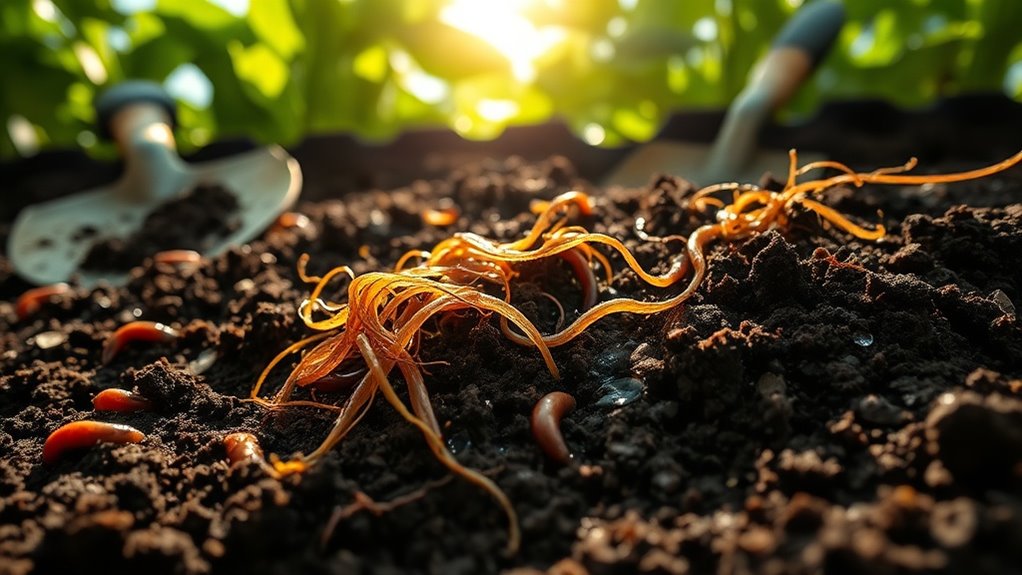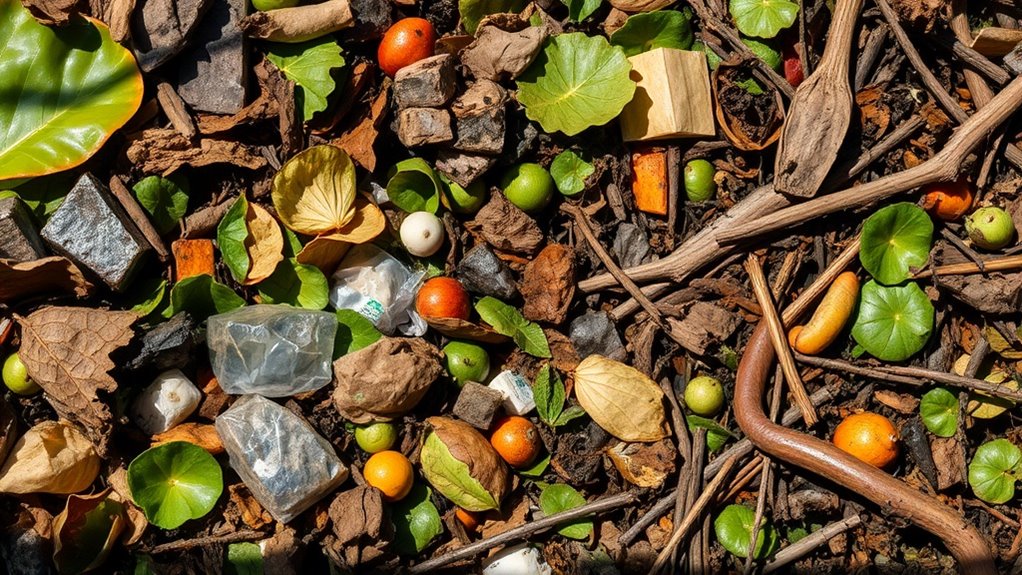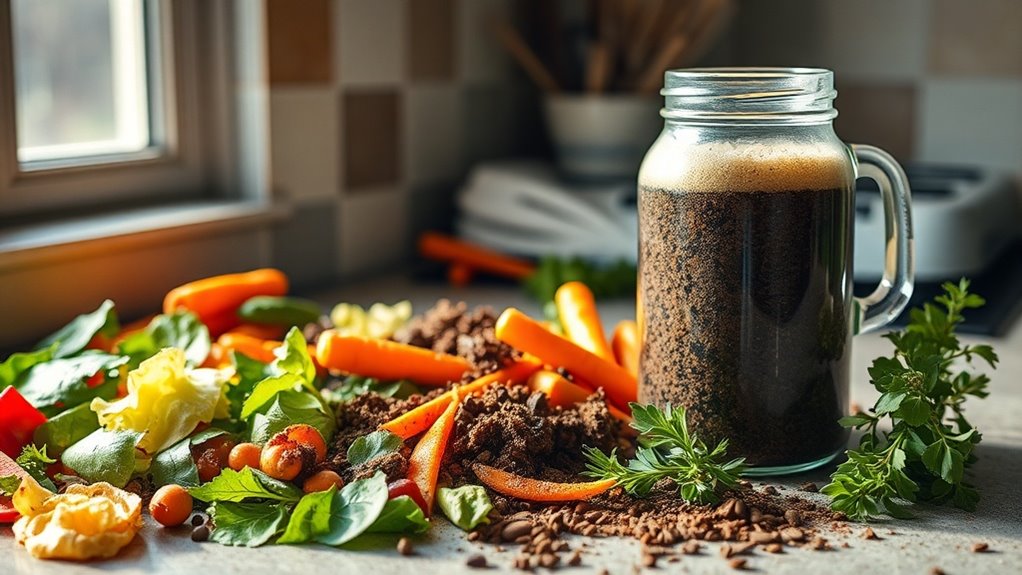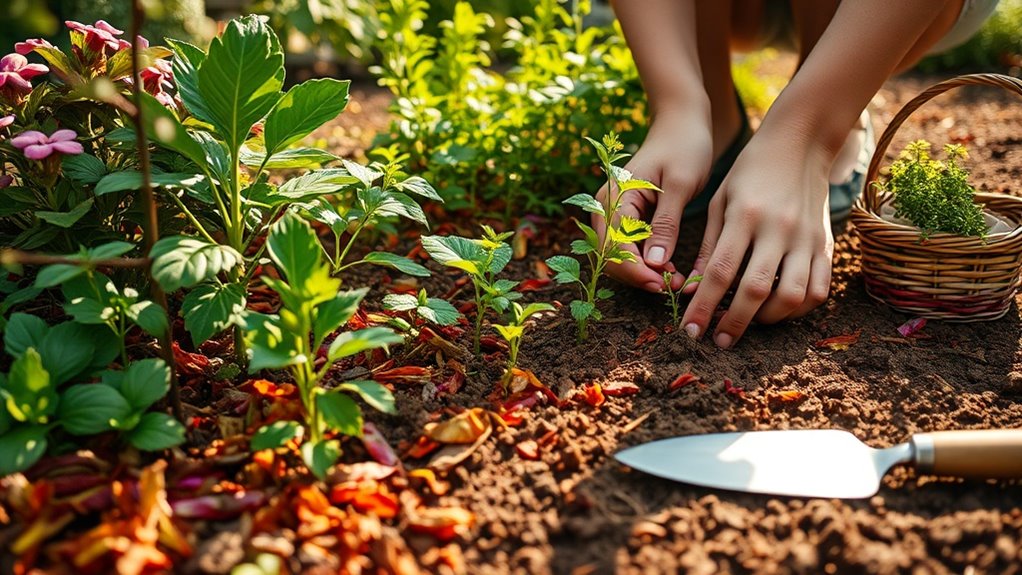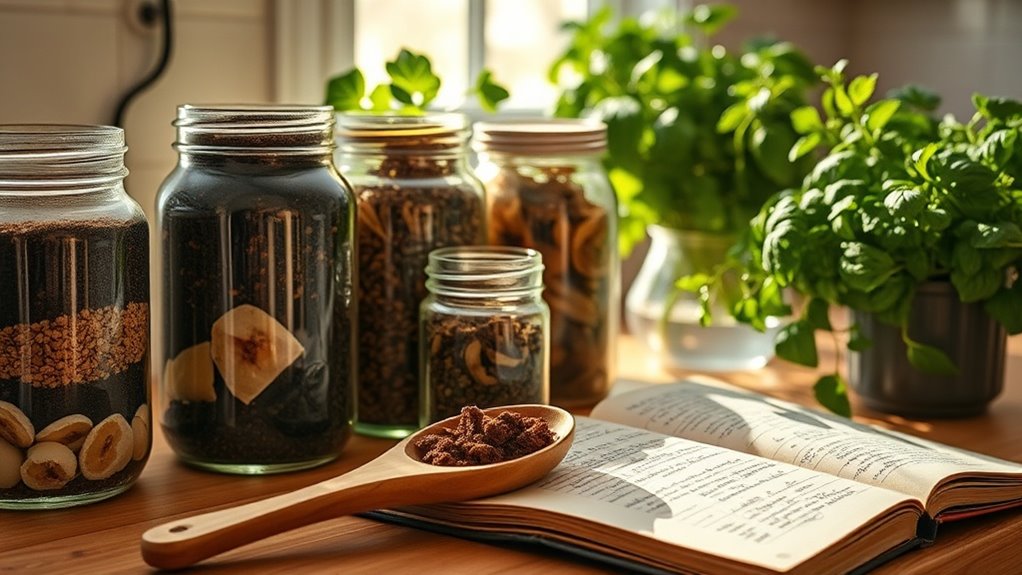Soil Prep Secrets for a Healthier, More Productive Garden
Preparing your soil, understanding its composition, and enriching its fertility are crucial for a thriving garden. You’ll want to analyze pH levels, incorporate organic materials, and ensure proper drainage. These steps not only optimize growth but also create a sustainable ecosystem. However, there are subtle techniques that can further enhance your soil’s health. What if you could uncover lesser-known strategies to boost productivity without extensive effort?
Understanding Soil Composition
Soil, often referred to as the lifeblood of your garden, is a complex mixture of minerals, organic matter, water, and air.
For effective soil preparation, focus on integrating diverse organic materials, adjusting pH levels, and ensuring proper drainage.
These soil preparation tips enhance nutrient availability, improve structure, and foster beneficial microorganisms, all essential for cultivating a vibrant, productive garden. Additionally, incorporating essential soil ingredients into your mix can significantly boost plant vitality and growth.
Testing Your Soil’s Health
Testing your soil’s health is crucial for determining its fertility and overall condition.
To effectively assess your soil, consider the following methods:
- pH level: Measure acidity or alkalinity.
- Nutrient content: Analyze macronutrients and micronutrients.
- Soil texture: Determine sand, silt, and clay proportions.
- Organic matter: Evaluate the amount of decomposed materials present.
These tests will guide your gardening strategies effectively. Additionally, you can use simple methods to evaluate garden soil health without a testing kit, ensuring your plants thrive in the best possible environment.
Adding Organic Matter for Fertility
One of the most effective ways to boost your garden’s fertility is by adding organic matter. Incorporate materials like compost, well-rotted manure, or leaf mold into your soil.
These amendments enhance microbial activity, improve moisture retention, and supply essential nutrients over time. Aim for a 20-30% organic matter content in your soil for optimal plant health and productivity. Additionally, using homemade garden feed can further enrich your soil, making it even more beneficial for your plants.
Your plants will thrive with this enriched foundation.
Proper Drainage Techniques
How can you ensure that your garden thrives without waterlogged roots? Implementing proper drainage techniques is key. Start by:
- Creating raised beds to elevate soil above water levels.
- Incorporating organic matter to enhance soil texture and aeration.
- Installing drainage tiles to redirect excess water.
- Mulching to reduce surface evaporation and control runoff.
Additionally, avoiding soil compaction is essential for maintaining optimal drainage and fostering a healthier environment for your plants. These strategies will foster a healthier environment for your plants.
Crop Rotation and Soil Sustainability
Crop rotation plays a crucial role in maintaining soil sustainability and maximizing garden productivity.
By alternating crops, you reduce pest and disease buildup, improve nutrient cycling, and enhance soil structure. For instance, planting legumes replenishes nitrogen levels, benefiting subsequent crops.
Aim to follow a three- to four-year crop cycle, ensuring diverse root systems that improve soil health and foster robust yields.

